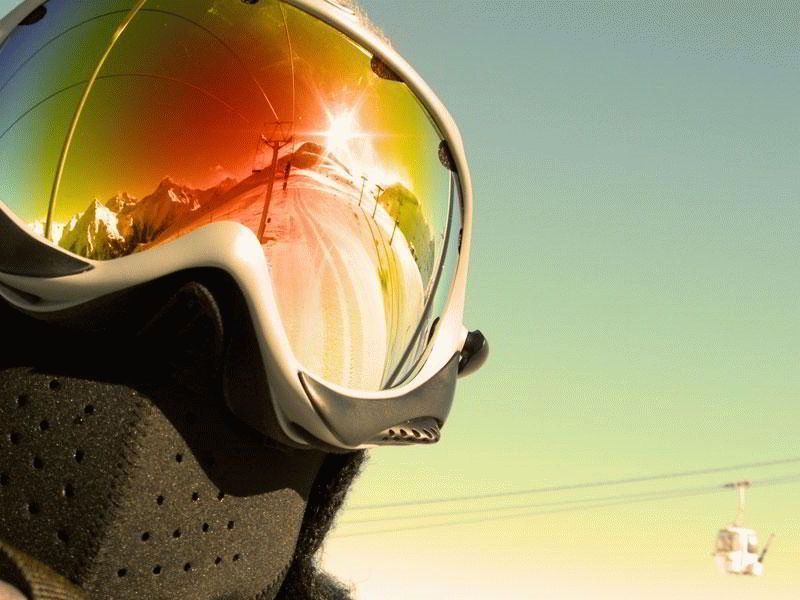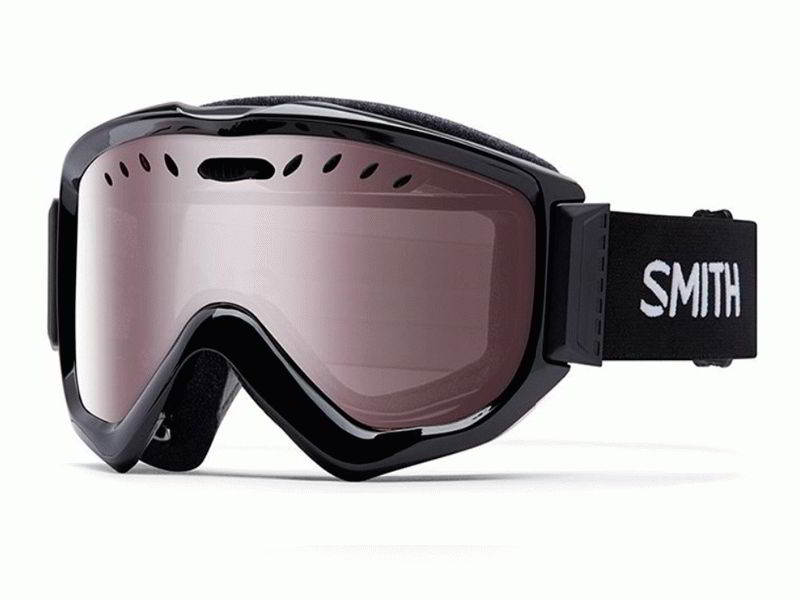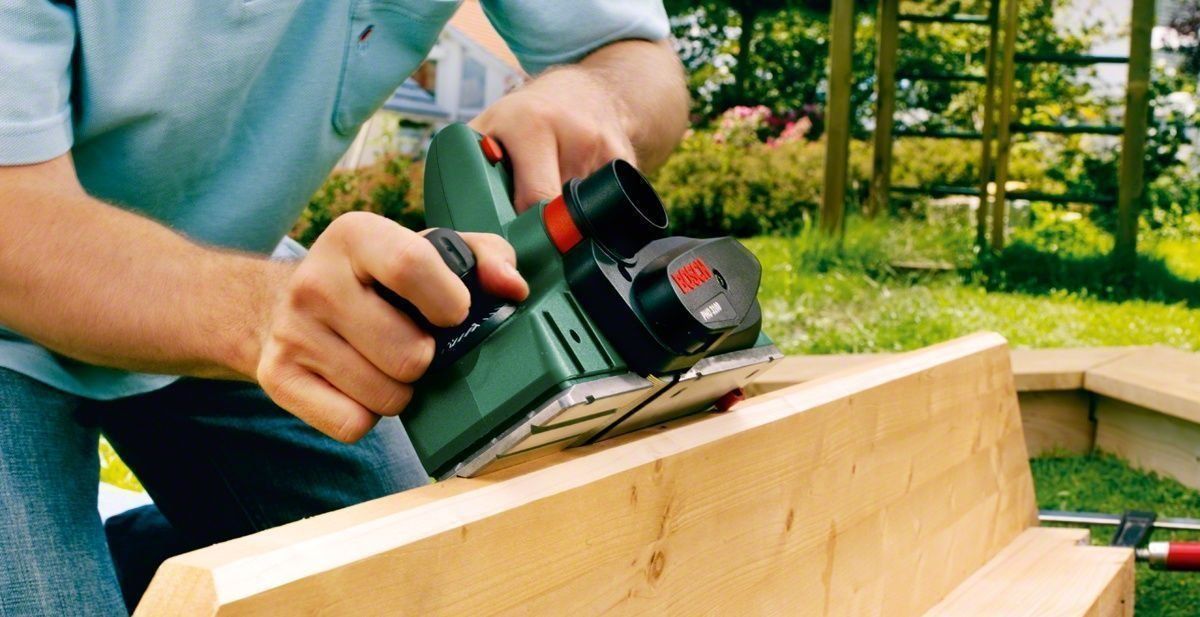Top ranking of the best ski masks and goggles in 2024

Ski goggles are an essential piece of equipment for skiing and snowboarding. They can make your time on the slopes enjoyable or ruin it, because excellent visibility in such conditions is key. Comfort, breathability, durability and, of course, style are other important factors in choosing glasses.
The range of offers from manufacturers of ski masks and goggles is huge. From quick-change lenses to innovative technologies that adapt to different lighting conditions. There are goggles that have 2-3 lenses clamped together to protect them from fogging, goggles with UV protection and anti-reflective coating. Photochromic lenses, "chameleons", masks with replaceable filters and glasses with polarized glass.
Men's and women's glasses, what is the difference
Apart from color and style, there is no significant difference between male and female models. The same can be said for masks and goggles designed for snowboarders or skiers. Although it is believed that for people who are snowboarding, the mask should have a greater angle of view. And of course, men's models are available in large sizes.
Selection criteria for ski and snowboard goggles
The choice of glasses for skiing depends on several factors, among which are:
- Lens shape. There are only two types of lenses: cylindrical and spherical. Cylindrical lenses curved horizontally across the face are the most common type of glasses. Spherical lenses curve not only horizontally but vertically, from the forehead to the nose. They can be seen immediately because they have a "bubble" appearance.
- Peripheral vision. The wider the mask, the better its side viewing angle. This is important to avoid collisions, especially common when merging multiple traces.
- Blinding, harsh light and distortion. The best ski goggles have special coatings that can reduce glare caused by sunlight reflecting off snow. Distortion is caused by imperfect quality of the lens. It should be noted that spherical lenses reduce distortion due to their shape.
- Anti-haze. As a general rule of thumb, the further the face shield mask is from the face, the less fogging will be. "Nebula" can be reduced by the presence of additional lenses, so the inner glass is close to the temperature of the body itself, which eliminates the formation of condensation. Additional lenses function as insulation in the same way as double glazing in windows, providing better insulation.
- Replaceable lenses. Great feature, you can carry an extra set in your pocket to be ready for any lighting conditions.The weather conditions on slopes change quickly and with a similar function you can quickly change your lens.
Video about the rules for choosing a ski mask:
General selection rules for colored lenses (filter)
There are ski masks with photochromic lenses "chameleons" that adjust to the intensity of light, the filter darkens or brightens depending on the brightness of the sun. This is a great purchase for those who often ski in different conditions. For the rest of the glasses, the following rules apply:
- Yellow, gold or amber glasses filter out blue light and accentuate shadows in the snow.
- Pink or light copper lenses are intended for light, bright days.
- Dark copper, dark brown, dark green and dark gray masks are used on very bright days.
- Mirror ("flash") coating enhances the effect of tinted lenses. They reflect sunlight. They are great for sunny days.
- Clear lenses are used for night skiing.
Important! The use of polarized lenses reduces glare and protects the eyes from UVA and UVB radiation.
Manufacturers overview
Among the brands that produce really high-quality ski goggles, there are not so many companies that can be distinguished. The rest of the manufacturers strive for the perfection of the models, but, according to customer reviews, the products are not yet ideal.
- Smith Optics. Smith Optics have been making ski goggles for over 50 years, pioneering double-lens goggles with a sealed thermal lens. Dr. Bob Smith is an orthodontist with a passion for alpine skiing. I experienced "ski problems" myself, got tired of foggy glasses and, as a result, created the world's first glasses with double glass. Smith Optics is not the last in a long line of quality ski goggles. But the products of this brand are a great option for any skier or snowboarder, regardless of level and ability. These glasses are durable and comfortable, and their lenses combine both anti-reflective and anti-fog qualities.
- Oakley. The brand was founded by James Jannard in 1975 in his garage with an initial investment of $ 300. In 1980, Jannard launched an O-Frame with the Oakley logo on the strap. Their latest and greatest offer to date is the O2 XL glasses. These glasses have a unique design that gives excellent visibility, especially from side vision, allowing the peripheral vision to see people and objects clearly. These goggles have a triple layer of polar fleece liner that will continue to function even after a day on the slopes. They will still remain comfortable and flawless. Everyday goggle wearers will appreciate the frame cutouts that allow them to be worn comfortably, unlike most other ski masks and goggles. They are great for any ski helmet.
- Dragon. A company of American origin, engaged in the production of goggles and masks for people who love extreme sports. The company was founded in Southern California (USA) in 1993 and has its own production base. The brand produces premium ski goggles and goggles, as well as sportswear and accessories. The brand's ski sunglasses combine striking design with the latest in science.
Rating of the best ski masks and goggles
The analysis of the best ski goggles is based on customer preferences, product reviews and average product prices. But our respondents do not go in for alpine skiing professionally, so their choice is based not on the high sports qualities of the models, but rather on the convenience, comfort and price, which does not exceed 10,000 rubles.
MASK Oakley A-FRAME 2.0 FW

Price: from 9900 rubles
Triple protection against fog and excellent air exchange distinguish this model from many similar products. F3 Anti-fog coating and double air-spaced lenses keep the mask from fogging even in extreme weather conditions. The optics are highly accurate and the UV filter has a 100% protection rate.
- Anti-fogging resistant coating;
- Microfleece has 3 layers and perfectly absorbs moisture;
- Polaric Ellipsoid lenses are ANSI Z87.1 quality standard.
- High price.
Oakley O2 Xm mask black

Price: from 7890 rubles.
The model has a medium size and a cylindrical lens with sufficient visibility, it is characterized by a streamlined geometry. The frame is able to adapt to the shape of the face even at very low temperatures.
- The model can be combined with glasses for people with poor vision;
- Moisture absorption is guaranteed by a triple fleece lining;
- Excellent UV protection.
- Of the shortcomings, one can single out the remark of the female gender to the color of the model.
МSmith Knowledge OTG

Price: from 7048 rubles.
The lens of the model is a versatile option for use in any weather. Thanks to 35% light transmission, you can ride in a mask on both cloudy and sunny days. A large face frame that is suitable for men and will ensure good compatibility with the helmet.
- The model has a QuickFit belt with an adjustable buckle system;
- Ventilation has an anti-fogging effect;
- Replaceable lenses have been created for the model;
- The mask is compatible with glasses for people with low vision.
- The Smith Optics brand is little represented on the Russian market and it is almost impossible to choose a suitable model.
MASK Dragon Rogue FW17

Price: from 5900 rubles.
The product is robust and has a spherical lens for a distortion-free overall look. The strap attachments are flexible, making the mask easy to match with the helmet. Three layers of foam and a microfleece cover will ensure a soft adhesion to the skin, while the Super Anti-Fog coating will prevent fogging.
- Protection against active ultraviolet radiation is 100%;
- Polyurethane frame;
- Spherical lenses have the correct optics.
- The mask is available only in medium size and is suitable as a female version.
MASK Dragon DXS FW16

Price: from 3190 rubles.
Anti-fog coated cylindrical double lenses. In principle, the functionality of the product differs little from the Dragon Rogue FW17, the difference is only in price and dimensions. Here the size is even smaller, so the model can serve not only the female sex, but also the teenager.
- The strap is adjustable;
- The model is compatible with the helmet;
- Polyurethane frame.
- Model size;
- General design.
The rest of the models have similar qualities, but for a higher price. Therefore, if there is no desire to overpay for the "brand", then you can stop at this choice. But it should be remembered that the survey was conducted between people who do not practice skiing as a constant pastime. It is rather a choice for novice athletes, but professionals or experts should pay attention to more "famous" brands.
Selection errors
Making a mistake when choosing ski equipment means wasting money and rest time. To avoid mistakes, you should heed the following tips:
- When buying a ski mask, focus on one object and turn your head in different directions. If the object disappears from the field of view, such a mask is unlikely to give a good view on the slope.
- The feeling of discomfort will never go away. Therefore, if there is even the slightest inconvenience, it is better to change the model to another mask.
- The nasal slit should allow free breathing without overlapping parts of the nasal cavity.
- A good length strap is the key to correct adjustment of the model on the helmet, and its width is responsible for a tighter fit to the head. When trying on a mask, it is better to measure it directly on the helmet.
- The mask should not slip, fly off, rub or crush. If at least one of these qualities is present during fitting, it is better to look for another model.
Colliding with a tree, rock, or skier is a common accident and can sometimes be directly related to poor visibility caused by choosing the wrong ski mask. Using a cheap pair of goggles can lead to a loss of coordination on the track or track, and as a result, there is a danger of not seeing obstacles in time. This is one of the main causes of injury and accidents. It is difficult to overestimate how important good visibility is on snowy slopes.
Equipment care
Ski equipment is expensive and is used in various conditions. Therefore, caring for it is a prerequisite for safe riding. Ski masks require attention even more than ordinary glasses with diopters, and you should follow these rules:
- Never wipe the inside of the lens. This can rub off the protective layer that works against fogging.
- Store the mask only in a special bag. It usually comes with the product.
- Drying of glasses is carried out only in natural conditions, away from heaters.
- During skiing, do not lift the mask on your forehead to avoid sweating on the inner side.
- The transportation of the equipment must be free from impact or contact with cutting objects.
With the right storage and care conditions, a ski mask will serve for a long time and not cause discomfort to its owner.
Finally - a useful video on how to replace the lens in a ski mask:
new entries
Categories
Useful
Popular articles
-

Top rating of the best and inexpensive scooters up to 50 cubic meters in 2024
Views: 97661 -

Rating of the best materials for noise insulation for an apartment in 2024
Views: 95020 -

Rating of cheap analogues of expensive medicines for flu and colds for 2024
Views: 91750 -

The best men's running shoes in 2024
Views: 87680 -

Top ranking of the best smartwatches 2024 - price-quality
Views: 85091 -

Best Complex Vitamins in 2024
Views: 84801 -

The best dye for gray hair - 2024 top ranking
Views: 82406 -

Rating of the best wood paints for interior use in 2024
Views: 77201 -

Ranking of the best action cameras from China in 2024
Views: 75268 -

Rating of the best spinning reels in 2024
Views: 74827 -

The most effective calcium supplements for adults and children in 2024
Views: 72462 -

Top rating of the best in 2024 means for male potency with a description
Views: 68295









